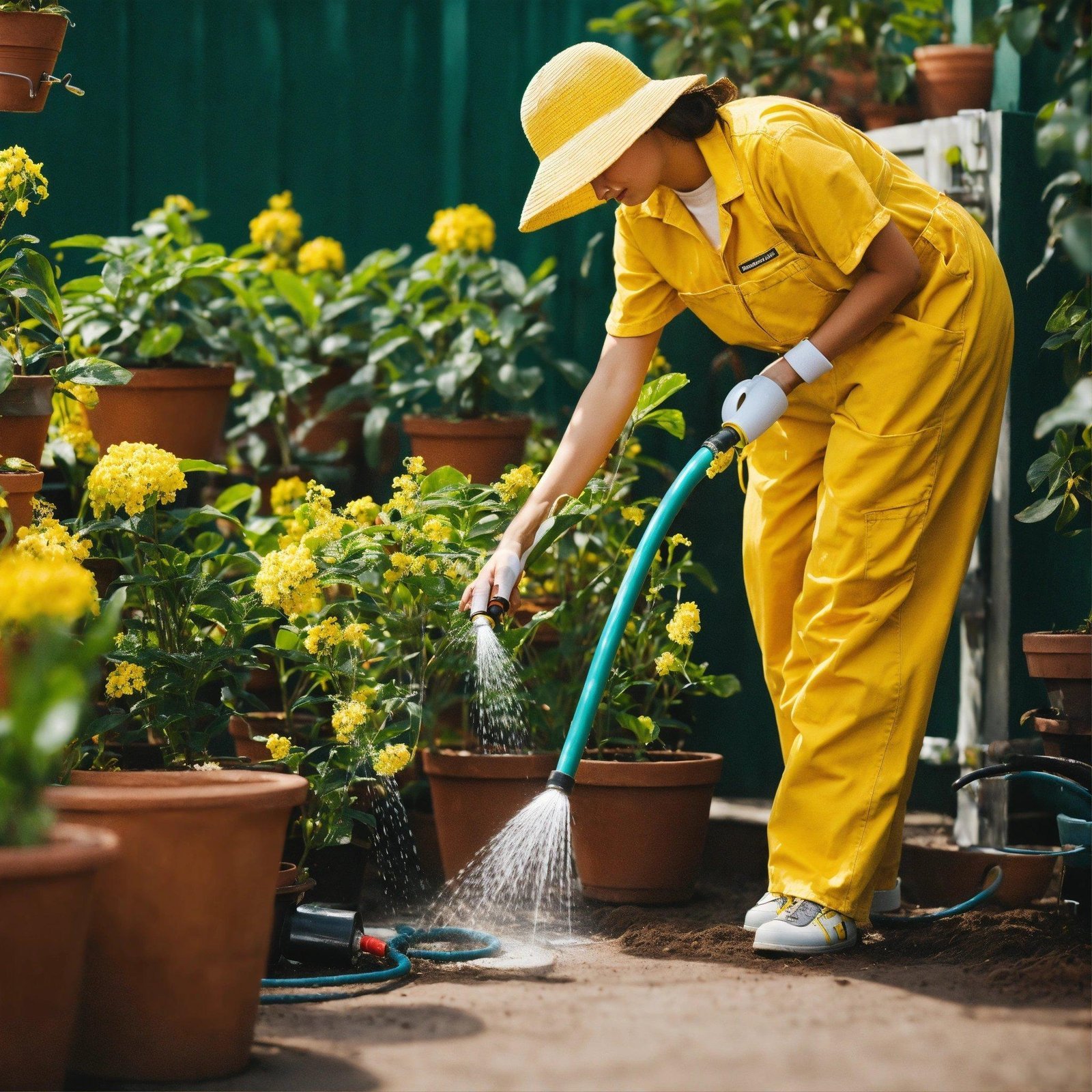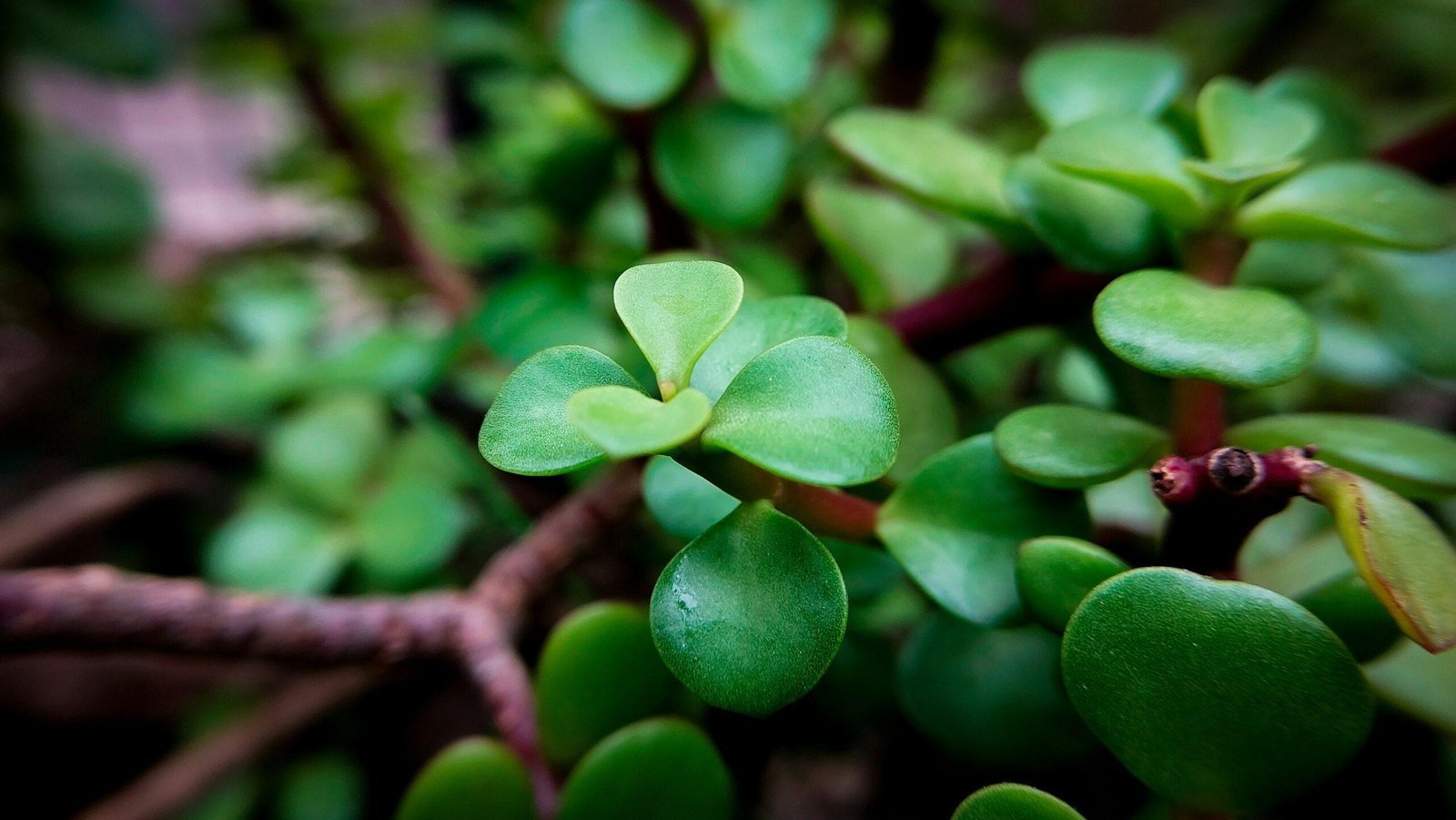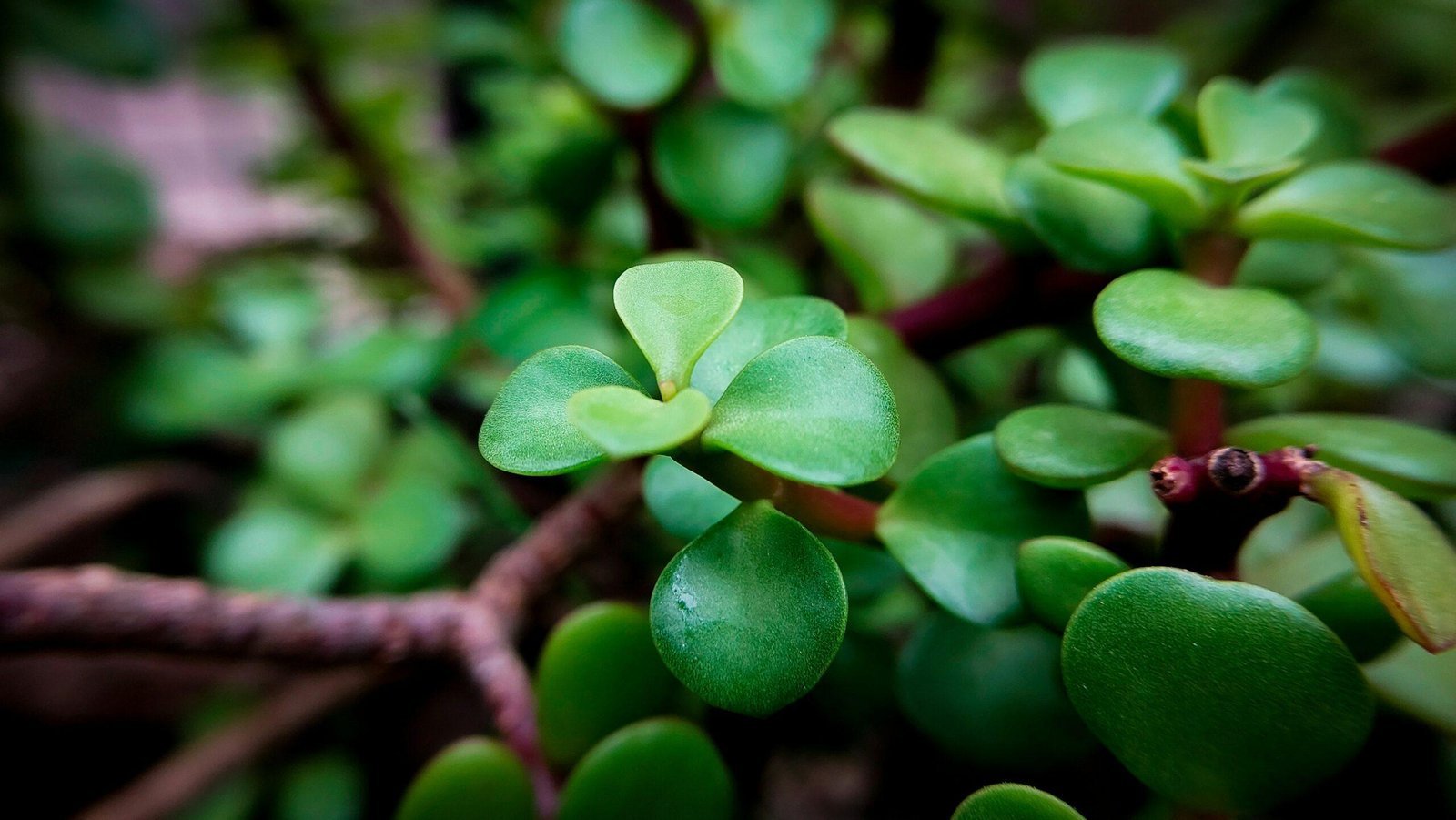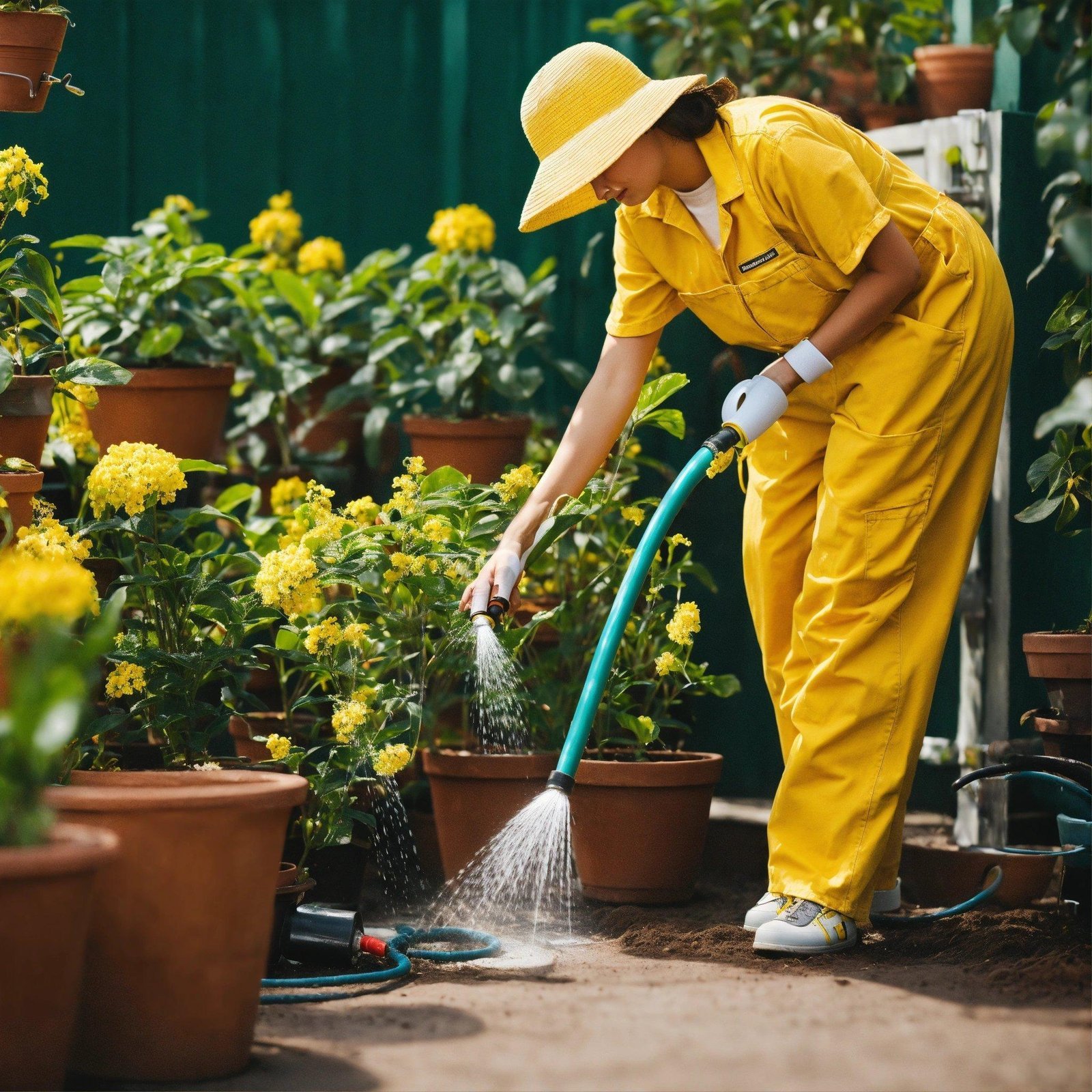Butterfly gardens are a beautiful and peaceful addition to any outdoor space. Creating your own stunning butterfly garden can be a rewarding and relaxing experience, as it provides a haven for these delicate creatures to thrive and adds a splash of color to your yard. Here is a step-by-step guide on how to create your own butterfly garden:
1. Choose the Right Location: The first step in creating a butterfly garden is to choose the right location. Butterflies are cold-blooded creatures, so they need plenty of sunlight to warm up and thrive. Look for a spot in your yard that receives at least six hours of sunlight per day. Additionally, butterflies are attracted to sheltered areas with some protection from the wind, so try to create a garden in a slightly sheltered spot.
2. Plan Your Garden Design: Next, plan out the design of your butterfly garden. Think about the types of plants you want to include, as well as any features such as a butterfly feeder or a small water source. Consider planting a variety of flowers in different heights and colors to attract a diverse range of butterfly species.
3. Choose the Right Plants: When selecting plants for your butterfly garden, opt for species that are known to attract butterflies. Some good choices include butterfly bush, coneflowers, lantana, milkweed, and zinnias. Choose plants that bloom at different times throughout the year to provide nectar for butterflies all season long. Additionally, consider planting some host plants for butterfly larvae to feed on, such as milkweed for monarch butterflies.
4. Prep Your Soil: Before planting your butterfly garden, make sure to prepare the soil properly. Loosen the soil and add compost or other organic matter to improve drainage and provide nutrients for your plants. Make sure to water the soil thoroughly before planting to give your plants a healthy start.
5. Plant Your Garden: Once your soil is prepped, it’s time to plant your butterfly garden. Start by arranging your plants according to your design plan, keeping in mind the heights and spacing of each plant. Dig holes slightly larger than the root balls of your plants and gently place them in the holes. Fill in with soil and water thoroughly.
6. Maintain Your Garden: To keep your butterfly garden looking stunning, be sure to maintain it regularly. Water your plants regularly, especially during dry spells, and remove any weeds that may pop up. Deadhead spent flowers to encourage new blooms and prune any overgrown plants as needed. Consider adding a layer of mulch around your plants to help retain moisture and discourage weeds.
7. Attract Butterflies: To attract butterflies to your garden, consider adding a few extra features. Create a small butterfly feeder with a mix of rotting fruit and sugar water, or set out a shallow dish of water with a few pebbles for butterflies to rest on. You could also add a butterfly house or a few rocks or logs for butterflies to bask in the sun.
Creating your own stunning butterfly garden is a rewarding experience that will bring beauty and joy to your outdoor space. By following these simple steps, you can create a haven for butterflies and enjoy the peaceful presence of these graceful creatures in your yard.
#StepbyStep #Guide #Create #Stunning #Butterfly #Garden
How to create a butterfly garden?







